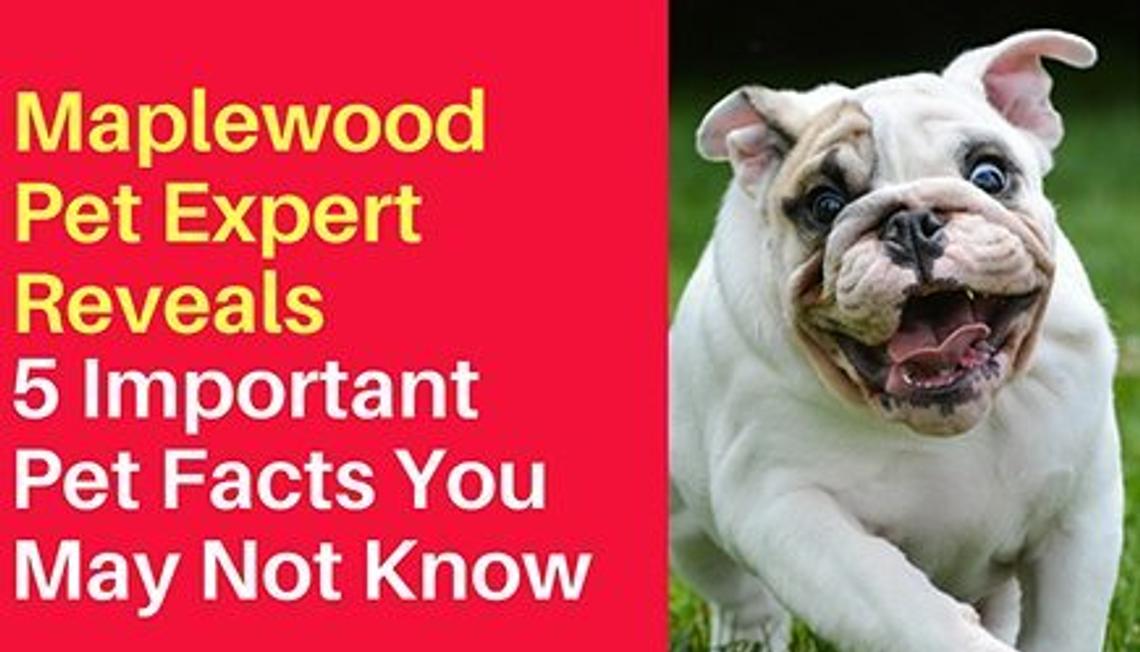
But there are some basic facts that go a long way in maximizing your pet’s health and safety that may be overlooked. Simple routine practices to keep in mind that don’t cost a lot of money. Here, Kim Vandewater of Pet Rover in Maplewood, a mobile pet-grooming and complete pet concierge offering walking, sitting, and transportation services, tells us about five topics that not all pet owners may be aware of.
5 important things to keep in mind for your pet’s health:
- Exercise. Just as for humans, exercise is very important, not only for the dog’s overall health and well-being but also for their minds/disposition in order to help keep them balanced and happy, Vandewater says. Just because you may have a large yard, don’t assume that your dog is getting exercise. He’s not going to run laps by himself, so that’s where you come in. The interaction with you is what will get him running. So go out and play with a ball, run around, or put on a leash and go for a nice long walk. It will be good for both of you. The exercise will not only keep him happy but also out of trouble.
Exercise provides many benefits including:
- Reduces or eliminates behavioral problems such as digging, barking, chewing, and hyperactivity.
- Keeps them healthy, agile, and limber.
- Helps reduce digestive problems and constipation.
- Helps timid dogs build confidence.
- Helps dogs get to sleep at night.
- Helps keep weight under control.
- Proper brush. “Brushing their coat with the proper tool is important for many reasons,” Vandewater says. “Not only does it eliminate knots, matting (particularly for the longer and curly haired breeds), undercoat, etc., but it also gets the dog conditioned to being brushed, thus making the grooming experience more pleasurable and familiar.” If you’re not sure which brush is appropriate for your breed of dog, ask your pet groomer or veterinarian for suggestions.
- Diet. “While I never profess to have vet experience, a healthy diet is very important to the coat condition,” Vandewater says. “Dog parents should pay close attention to their dogs’ coats and be aware of dry skin, hot spots, etc., since many skin issues can be the result of something lacking in the diet.” Talk to your veterinarian about food recommendations, and we love dogfoodadvisor.com for reviews and ratings. And be sure to bring up any skin issues with your vet as well.
- Cleaning ears. Dogs’ ears are sensitive, so they need regular cleaning in order to reduce the chance of ear infections. While you may be hesitant to do this and your dog may give a hard time, it’s actually quite easy. But since you can cause serious damage, you need to do it the right way. Wet a cotton ball with ear rinse (NEVER use a cotton swab), and wipe the outer flap of the ear. Then wet a new cotton ball to clean the inner ear. You should do this once a week, and feel free to have some treats handy to reward them for having this done. Call your vet if you encounter discharge at all.
5. Teeth cleaning. Good dog dental care can extend the life of your pet, so it’s important to not overlook their mouths. Bad breath and yellow teeth are red flags, along with bleeding gums, tartar and plaque buildup, bumps inside the mouth and gingivitis. In order to prevent these dental problems, you should be brushing your dog’s teeth with a special dog toothbrush every day. Start slowly and increase the time until he gets used to it. “While it may not be easy, it is important to reduce gum disease especially as the dog gets older,” Vandewater advises. “Even if actual brushing is not possible, there are gels on the market that can help.” And chew bones and chew toys are also alternatives.





 By submitting information, I am providing my express written consent to be contacted by representatives of this website through a live agent, artificial or prerecorded voice, and automated SMS text at my residential or cellular number, dialed manually or by autodialer, by email, and mail.
By submitting information, I am providing my express written consent to be contacted by representatives of this website through a live agent, artificial or prerecorded voice, and automated SMS text at my residential or cellular number, dialed manually or by autodialer, by email, and mail.
